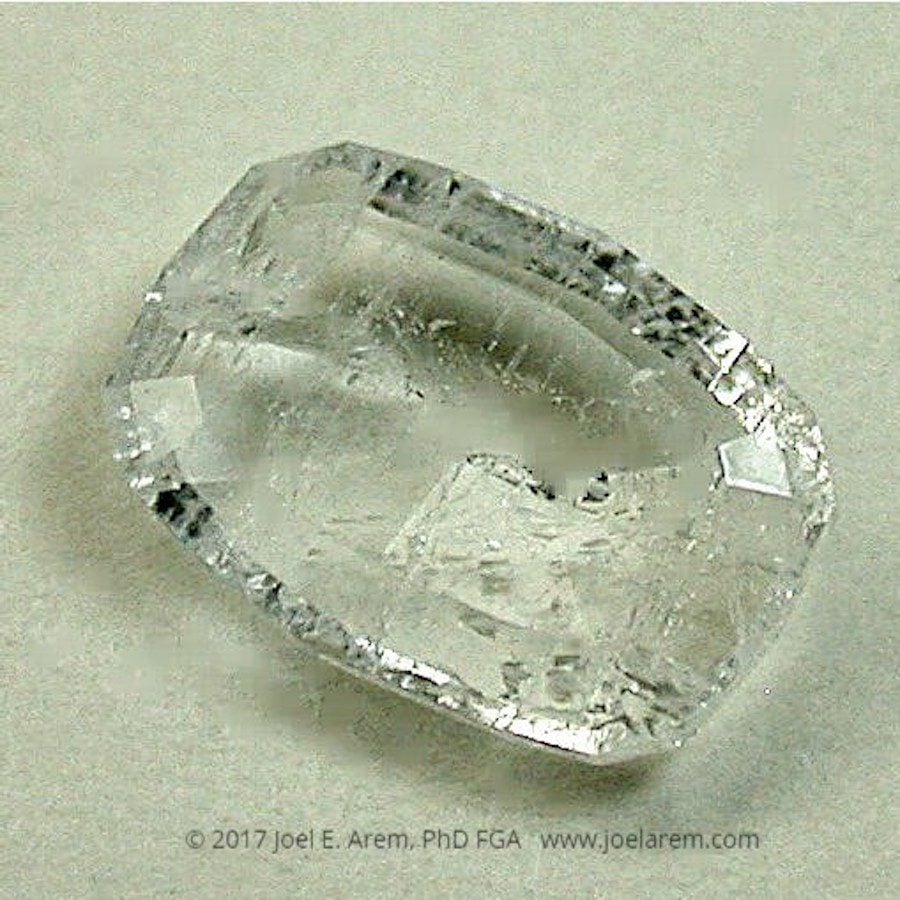Yugawaralite Value, Price, and Jewelry Information
Yugawaralite is a very rare colorless to pinkish zeolite mineral. Little facetable material exists, so a cut yugawaralite would be a prized addition to a gem collection.
1 Minute Read
Yugawaralite is a very rare colorless to pinkish zeolite mineral. Little facetable material exists, so a cut yugawaralite would be a prized addition to a gem collection.
Start an IGS Membership today
for full access to our price guide (updated monthly).Yugawaralite Value
Comments
The Kandivali Quarry near Mumbai, India has produced superb, well-formed colorless and transparent crystals close to the literature values for yugawaralite. A few faceted gems have been cut from this exceptional and extremely rare material.
Identifying Characteristics
Yugawaralites have both pyroelectric and piezoelectric properties. This means they generate electricity when heated and placed under pressure, respectively.
Synthetics
Scientists have synthesized yugawaralites as well as other zeolites for chemical and mineralogical research. However, there is no known jewelry use for this synthetic material.
Enhancements
None known.
Sources
Japan, notably Honshu Island, produces gemmy material. Yugawara Hot Spring, Kanagawa Prefecture is the type locality for yugawaralite.
India, most notably the Kandivali Quarry, produces small amounts of facetable material.
Other notable crystal sources include the following:
- United States: Alaska; Washington; Yellowstone National Park, Wyoming.
- British Columbia, Canada; Iceland; Sardinia, Italy; Réunion Island.
Stone Sizes
The Kandivali Quarry can produce gem-quality crystals up to 3 cm long.
Care
You're more likely to find yugawaralites, if at all, in gem collections than jewelry collections. If used in jewelry, these stones would require protective settings and occasional wear only. Their hardness of 4.5 means they can be scratched very easily, and their very brittle tenacity means they're more likely than most gems to fracture from impact. Clean these gemstones only with a warm damp cloth, mild detergent, and soft brush. For more care recommendations, consult our gemstone jewelry cleaning guide.
Joel E. Arem, Ph.D., FGA
Dr. Joel E. Arem has more than 60 years of experience in the world of gems and minerals. After obtaining his Ph.D. in Mineralogy from Harvard University, he has published numerous books that are still among the most widely used references and guidebooks on crystals, gems and minerals in the world.
Co-founder and President of numerous organizations, Dr. Arem has enjoyed a lifelong career in mineralogy and gemology. He has been a Smithsonian scientist and Curator, a consultant to many well-known companies and institutions, and a prolific author and speaker. Although his main activities have been as a gem cutter and dealer, his focus has always been education. joelarem.com
International Gem Society
Related Articles
Black Diamond Value, Price, and Jewelry Information
Chameleon Diamond Value, Price, and Jewelry Information
Gray Diamond Value, Price, and Jewelry Information
Green Diamond Value, Price, and Jewelry Information
Latest Articles
Rhodochrosite Value, Price, and Jewelry Information
Ruby and Sapphire Survey: Where Do You Draw the Line?
Quartz Toxicity: Understanding the Risks for Jewelers and Wearers
Synthetic Amethyst: What is it and How is it Made?
Never Stop Learning
When you join the IGS community, you get trusted diamond & gemstone information when you need it.
Get Gemology Insights
Get started with the International Gem Society’s free guide to gemstone identification. Join our weekly newsletter & get a free copy of the Gem ID Checklist!
